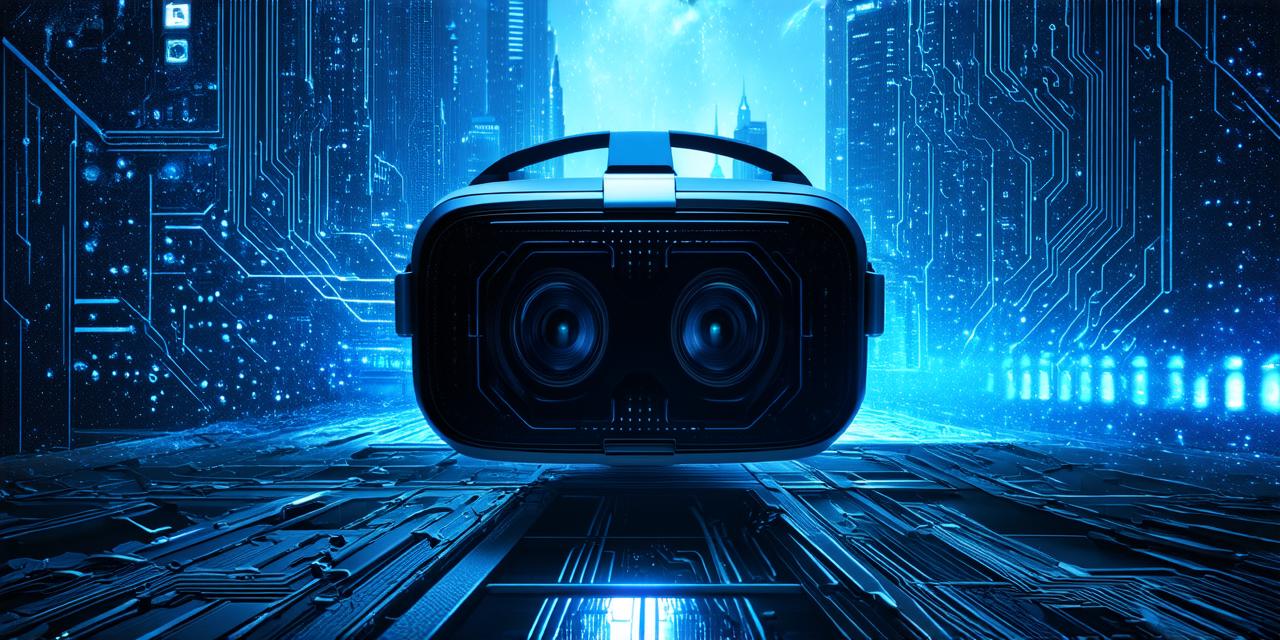What is Genuine Virtual Reality?
Before we dive into the topic of when VR will become mainstream, it’s important to understand what genuine VR entails. While there have been numerous VR headsets on the market for several years now, many of them are still considered to be in the early stages of development.
These devices often have limited tracking capabilities and are not fully immersive, meaning users can still see and interact with their surroundings. Genuine VR, on the other hand, is characterized by its ability to fully immerse users in a virtual environment.
This means that users should be able to move around freely within the virtual world and interact with objects and characters in a way that feels natural and intuitive. In order for VR to truly become mainstream, it will need to achieve this level of immersion and interaction.
The Evolution of Virtual Reality Technology
Virtual reality technology has come a long way since its inception in the 1960s. Early developments in VR focused on creating simple simulations that could be experienced through specialized headsets or projection systems. However, these early systems were limited in their ability to track user movement and provide a truly immersive experience.
In recent years, advances in computer hardware and software have enabled developers to create more sophisticated VR systems that are capable of tracking user movements more accurately and providing a more realistic virtual environment. This has led to the development of more advanced VR headsets, such as the Oculus Quest 2 and the HTC Vive Pro Eye, which offer high-resolution displays and advanced tracking capabilities.
Despite these advancements, there are still several challenges that must be overcome in order for genuine VR to become mainstream. One of the biggest hurdles is the cost of the technology. While some high-end VR systems can be quite expensive, many developers are working on creating more affordable options that will make VR accessible to a wider audience.
Another challenge facing VR technology is the lack of content. While there are certainly plenty of games and other experiences available for VR users, the selection is still relatively limited compared to traditional gaming platforms. In order for VR to truly take off, developers will need to create more diverse and engaging content that appeals to a wide range of users.
The Impact of Virtual Reality on Society
As VR technology continues to advance, it’s likely that we will see more widespread adoption of the technology in various industries. For example, VR is already being used for training simulations in fields such as medicine, manufacturing, and military. By providing a safe and controlled environment for users to practice skills, VR can help reduce the risk of accidents and improve overall efficiency.
In addition to its practical applications, VR also has the potential to transform entertainment and media. From immersive gaming experiences to virtual concerts and movies, VR is already changing the way we consume and interact with content. As the technology continues to advance, it’s likely that we will see even more innovative uses for VR in the future.
The Timeline for Genuine Virtual Reality
So when can we expect to see genuine VR become available to the masses? While it’s difficult to predict exactly when this will happen, there are several factors that are driving the adoption of VR technology and suggesting that we may be on the cusp of a major breakthrough.
